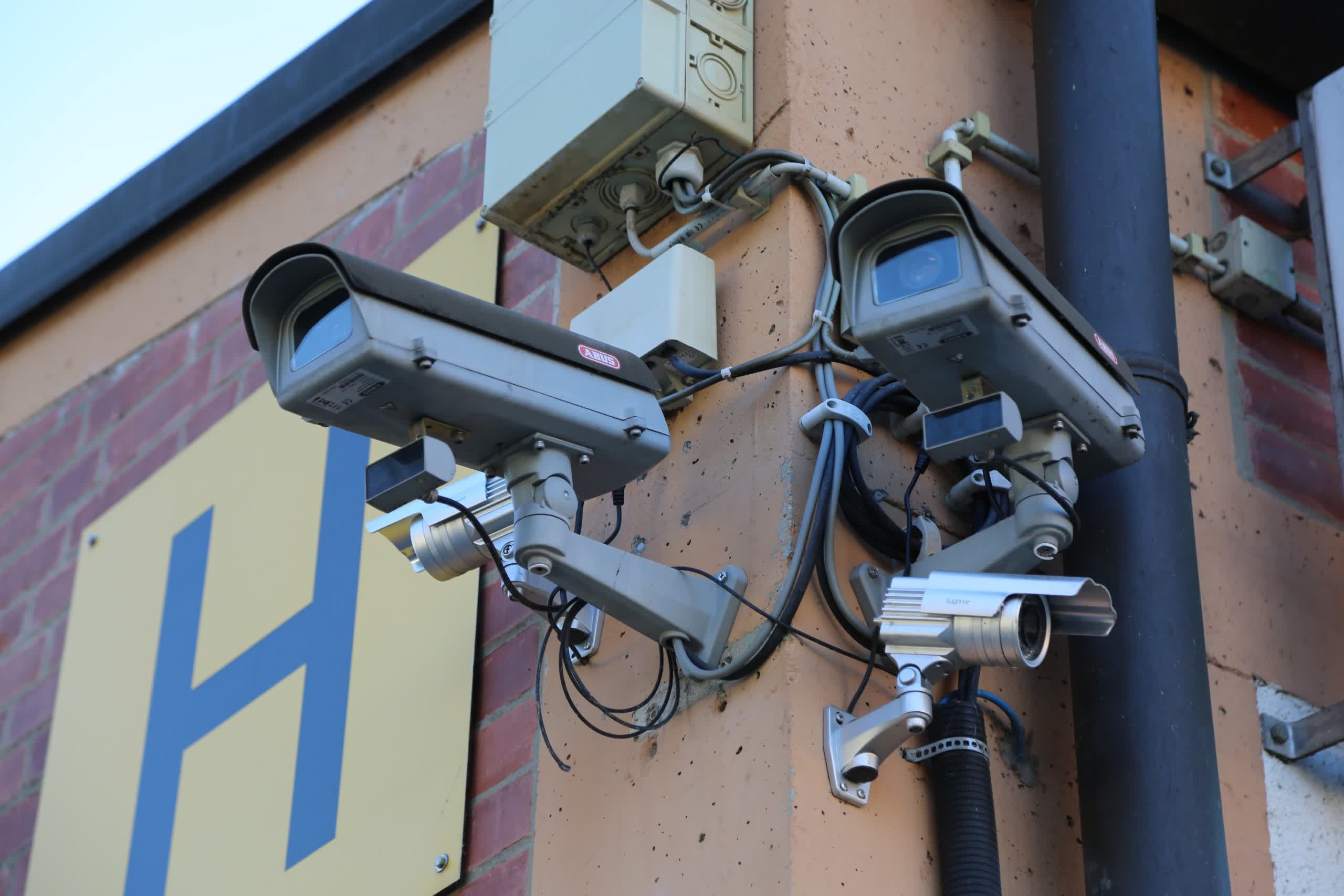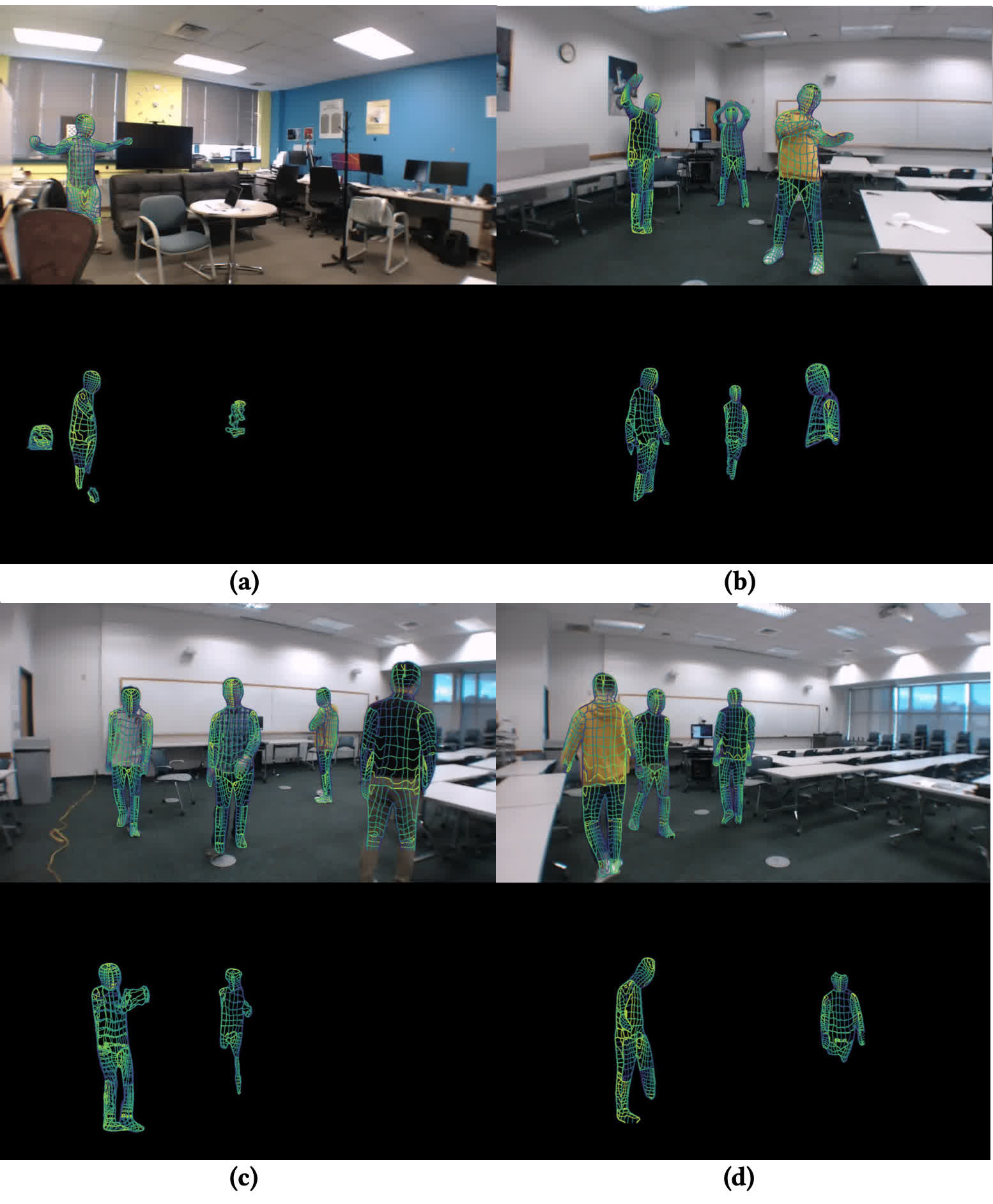

Researchers demonstrate improved system that "sees" humans through wal...
source link: https://www.techspot.com/news/97307-researchers-develop-system-sees-humans-through-walls-using.html
Go to the source link to view the article. You can view the picture content, updated content and better typesetting reading experience. If the link is broken, please click the button below to view the snapshot at that time.
Researchers demonstrate improved system that "sees" humans through walls using Wi-Fi signals
System utilizes imaging technique co-developed by Facebook AI engineers
By Cal Jeffrey January 18, 2023, 5:18 PM
A hot potato: George Orwell's vision of Big Brother is more or less a reality. While most regions of the world do not quite fit the dystopian paradigm set in his novel 1984, you would be hard-pressed to find an urban place on Earth that did not have cameras watching your every move. What Orwell did not imagine in his premonitory novel is that Big Brother's eyes would one day have x-ray vision.
A team of researchers at Carnegie Mellon University has figured out how to "see" humans through walls using Wi-Fi router signals (again). The system can detect human shapes in 3D and interpret movements in real-time.
The team started with tech co-developed by AI researchers at Facebook called DensePose. DensePose is an algorithm that can map the surface of the human body from a 2D photo (or video). With DensePose as the output, Carnegie Mellon researchers developed a deep neural network that maps the phase and amplitude of incoming and outgoing Wi-Fi signals to points on the human body, providing DensePose with the necessary input.
The result is a live image that does not have the limitations of standard RGB surveillance cameras. For instance, a sensor installed in a room could detect bodies in the dark or hidden behind other objects. Of course, the tech is not perfect, as shown in the example images below. But again, the algorithm predicts the poses strictly based on Wi-Fi signals, so it's still fairly impressive.

Examples an and b are rare poses and c and d are three or more concurrent bodies. The systems struggles with both conditions because of less training.
The researchers mention "privacy" six times in their study, but all references paint the tech in a pro-privacy light.
The study concludes that the sensors are "privacy-friendly" since they cannot detect personally identifiable features. The paper published via Cornell University's arXiv repository envisions the tech as an inexpensive alternative to home monitoring and elderly care.
"In addition, they protect individuals' privacy and the required equipment can be bought at a reasonable price," the paper's introduction reads. "In fact, most households in developed countries already have Wi-Fi at home, and this technology may be scaled to monitor the well-being of elder people or just identify suspicious behaviors at home."
This naive viewpoint glosses over the fact that bad actors can just as easily use the tech to spy on their victims' activities without even entering the home or installing equipment on the premises. However, there are other means of peering through walls, and this is not the first time researchers have used Wi-Fi as the illumination method.
Image credit: Cameras by Henning Schlottmann, Dense Poses by Carnegie Mellon University
Recommend
About Joyk
Aggregate valuable and interesting links.
Joyk means Joy of geeK